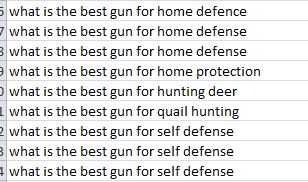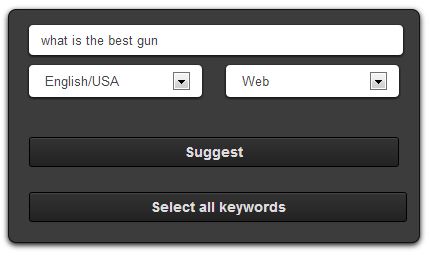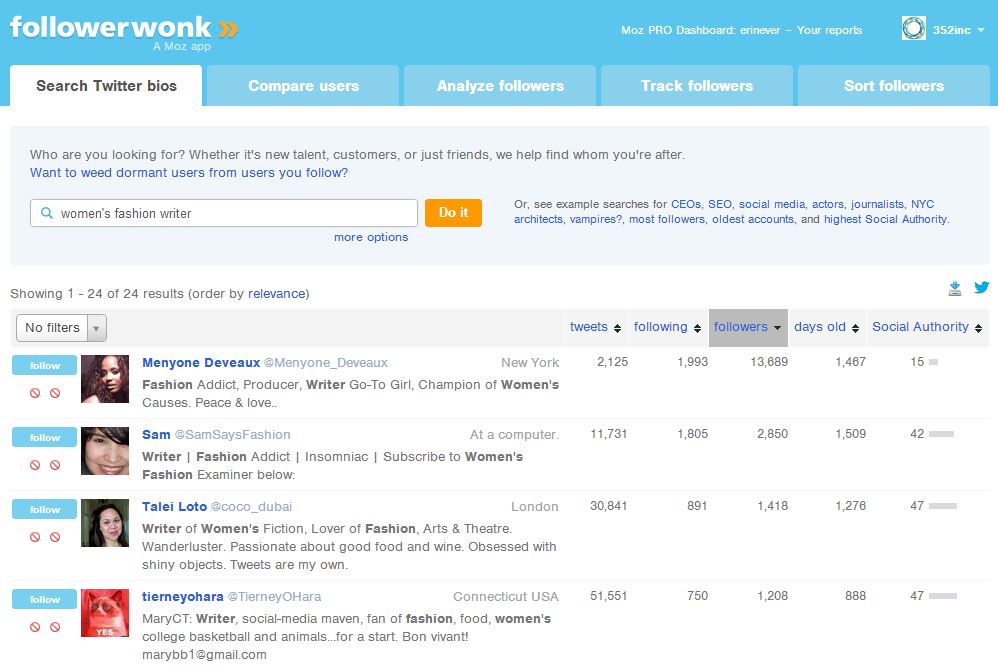9 Things We Should Never Stop Doing in Link Building
A couple of months ago, I went on a little rant. (It happens sometimes; I’m looking into it.) I was overwhelmed by the responses that little column generated, with others picking up my rally cry to eliminate super shady link building practices. But commenters were also quick to point out that there is a lot […]
A couple of months ago, I went on a little rant. (It happens sometimes; I’m looking into it.) I was overwhelmed by the responses that little column generated, with others picking up my rally cry to eliminate super shady link building practices.
But commenters were also quick to point out that there is a lot of focus these days on what not to do. “We know (or should know) what not to do, but when left with only those options, you’re peppered with client requests to bulk up link building efforts.”
He’s so right. It seems as though for every 15 articles there are about what not to do in link building, there are only a handful talking about legitimate link building tactics. So, here are 9 things we should never, ever stop doing in link building.
1. Helping People First Before Asking Them To Help You
If “treat others the way you want others to treat you” is the golden rule for society, “help others before asking them to help you” should be the golden rule for link building. Instead of finding the influencers and asking them to promote your content, first ask them if there’s anything that you can do for them. If there is, you’ve just made a connection with someone — and when the time comes that you have something that’s right up their ally, they’ll be more inclined to help you out.
2. Telling Great Stories
We all have that friend who, when they talk, compels you to hang on every word they say — not necessarily because it’s the most exciting story, but because the way they tell it is captivating. That’s what you need to look for in a writer. Storytelling is a critical part of link building. People share a good story. They link to a good story. Learn how to tell a good story.
3. Long-Tail Passive Link Building
Active link building is when you go out and manually do outreach to build a link. Passive link building is finding the things that people are searching for, building content around that, and letting that attract links. For example:
Use Ubersuggest to find questions that people are asking about your industry. Instead of just typing in my keyword, I’ll add a superlative in there:
Select all, click “Get” to the right, copy and paste all keywords into excel, and alphabetically sort to see which query shows up the most. This is the one that Google most often recommends in its instant search. This is my content.

Home/self defense wins, but given that deer season is approaching, there’s something there, too.
Put your content on your blog and promote it. Build your internal links with that anchor text, send to your social channels and maybe even create a YouTube video. Watch Twitter searches to see if anyone is asking for recommendations, in this case, the best gun for self/home defense, and point them to your content. That will get your more than just one link.
4. Providing Better Content Than Resource Listings
When it comes to sources for links, .gov, .edu and .org sites are the big whales. They’re also notorious for not updating their resource listings, which means outdated content and a great opportunity for you to capitalize on someone else’s laziness.
Find the places where the sites link out to third parties. Advanced search queries can help get a first list, for example [inurl:.edu intitle:resources]. Include your keyword for a more targeted list, and “resources” can also be replaced with “useful” for Useful Links.
Once you find them, update the outdated and include it on your site. Then, start building relationships with the webmasters of those sites.
5. Finding Brand Name/Logo Mentions Without Links
Nothing irks me more than when a site mentions a client and doesn’t link back on their brand name. Fresh Web Explorer is a great way to keep track of this in real time, but you can just as easily set up Google Alerts for your company name and track to see when people are talking about you.
For your logo, do a Google Image search of your logo to find all the other sites that have your logo on them. Typing “company + logo” will work and search for ALTs, but searching for the actual image itself will also provide a ton of opportunities.
6. Interviewing Experts
Even the most selfless person wants to feel important. Any easy way to do that is by finding the influencers and experts in your industry and reaching out to them to get their opinion/advice/thoughts on something “because they are so well-respected.” Works every time.
Follerwonk is one of the easiest ways to find these people. Search Twitter bios for your keyword — I like to include writer or blogger in the query to get the people who create content for the industry. You can also analyze your competitors to see who they’re following and who’s following them.
Once you find these people, start building relationships with them. When the interview goes up on your blog, send them an email that it’s posted, and more likely than not, they’ll share it with their followers, too.
7. Be Interviewed
Along the same lines, make sure key staff members are open to being interviewed for any press mentions. Watch HARO for any queries that fit your industry, and set up Google Alerts with “keyword + call for speakers” to see when you could get your client to speak at a local event. Both of those things will also come with a link.
8. Volunteering/Sponsoring In The Local Community
Everything may be online these days, but people still do get out of their houses and do stuff in their community. And when they do, guess where they talk about it? Online. (It’s a vicious cycle, really.)
Find events or clubs in your local community that have a tie to your industry, and reach out to see if there’s anything that you can do help promote, sponsor or volunteer at the event. Typically, these types of things will list sponsors on their websites, and that means a link back.
You could even take it a step further: if you do something “out-of-the-box” at the event, you could easily get picked up for press mentions. For example: If you’re sponsoring a local 5K, go out to the event and set up a table after the race with “post-race survival kits.” Or, for every participant, donate $1 to a local charity.
9. Work With High Schools And Colleges
High schools and colleges are always looking for industry professionals to come out and speak to their students about career opportunities in that field. Reach out to those that are in your area, and offer your insight or time. In addition, find student clubs or organizations related to your industry, and offer to speak at their next meeting. They’ll usually put this announcement on the college’s website.
You and I both know that Google’s guidelines could change at any moment, so what we “shouldn’t stop doing” now may certainly be something we “should never do again” a year later. But, given the push search engines are making to eliminate spammers and those who manipulate the algorithm, these tactics could be timeless. I’ll revisit a year later and see where we’re at, but what do you think? What are other timeless link building tactics?
Contributing authors are invited to create content for Search Engine Land and are chosen for their expertise and contribution to the search community. Our contributors work under the oversight of the editorial staff and contributions are checked for quality and relevance to our readers. The opinions they express are their own.
Related stories
New on Search Engine Land

